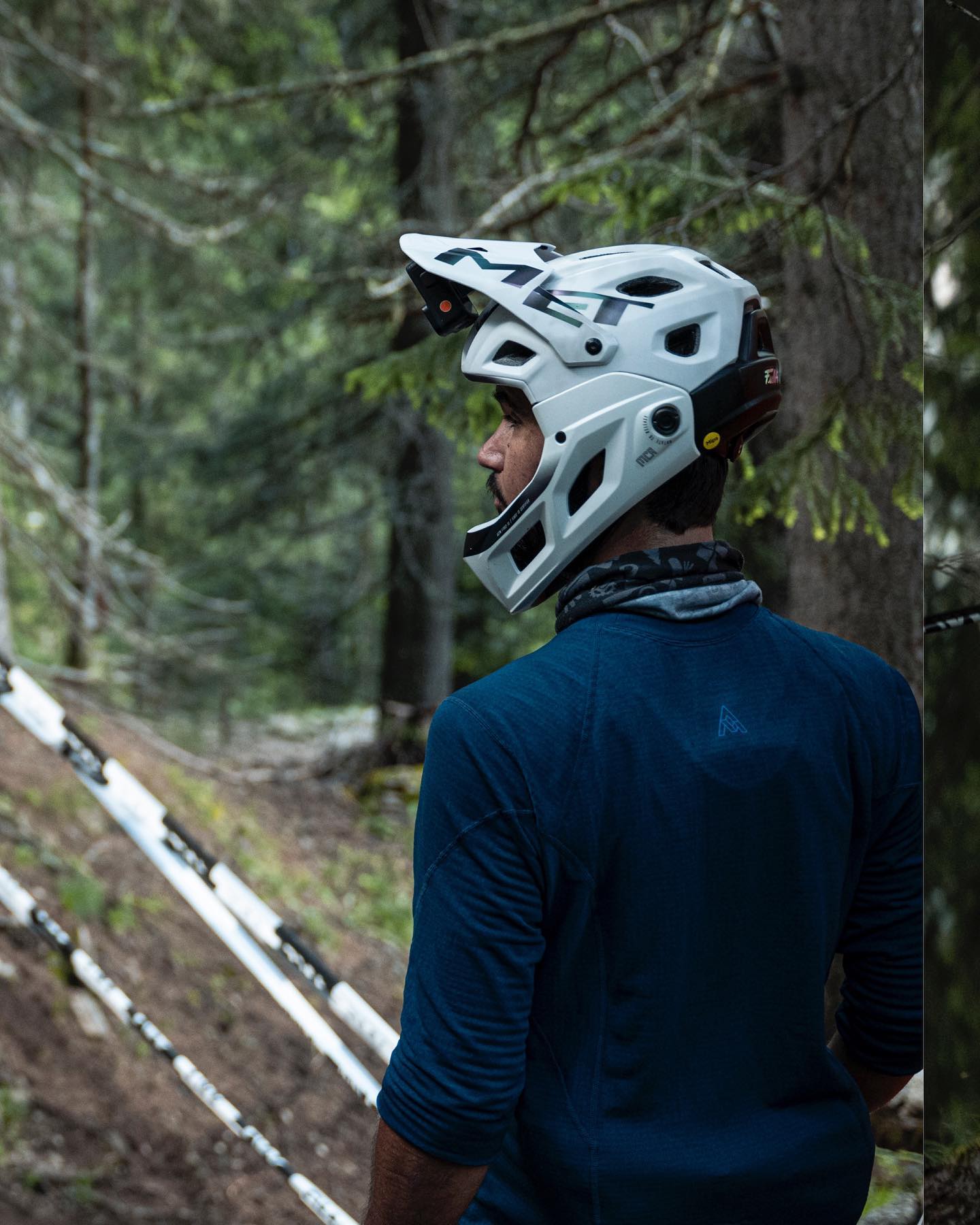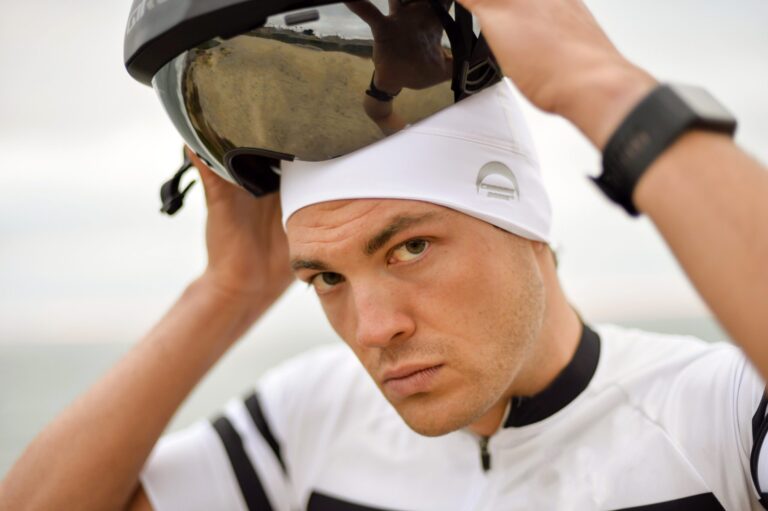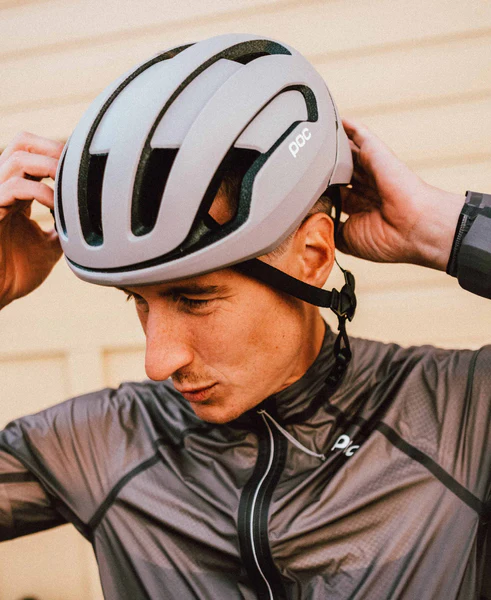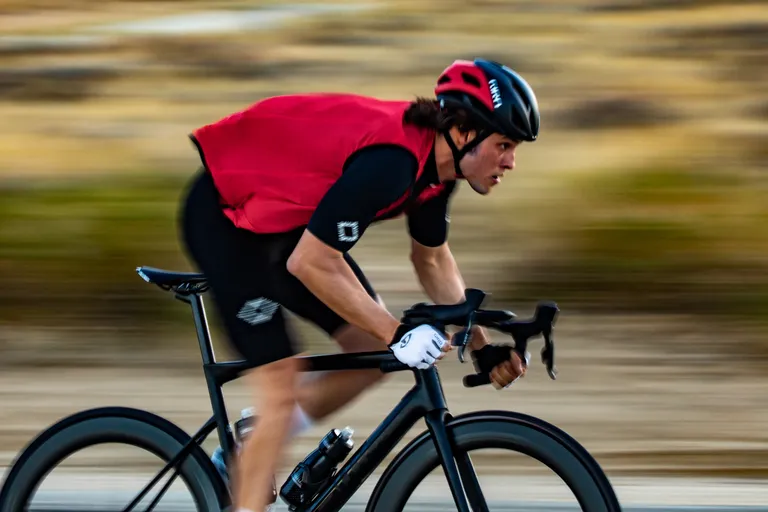Ear Protection for MTB Helmets: A Guide from the Trails
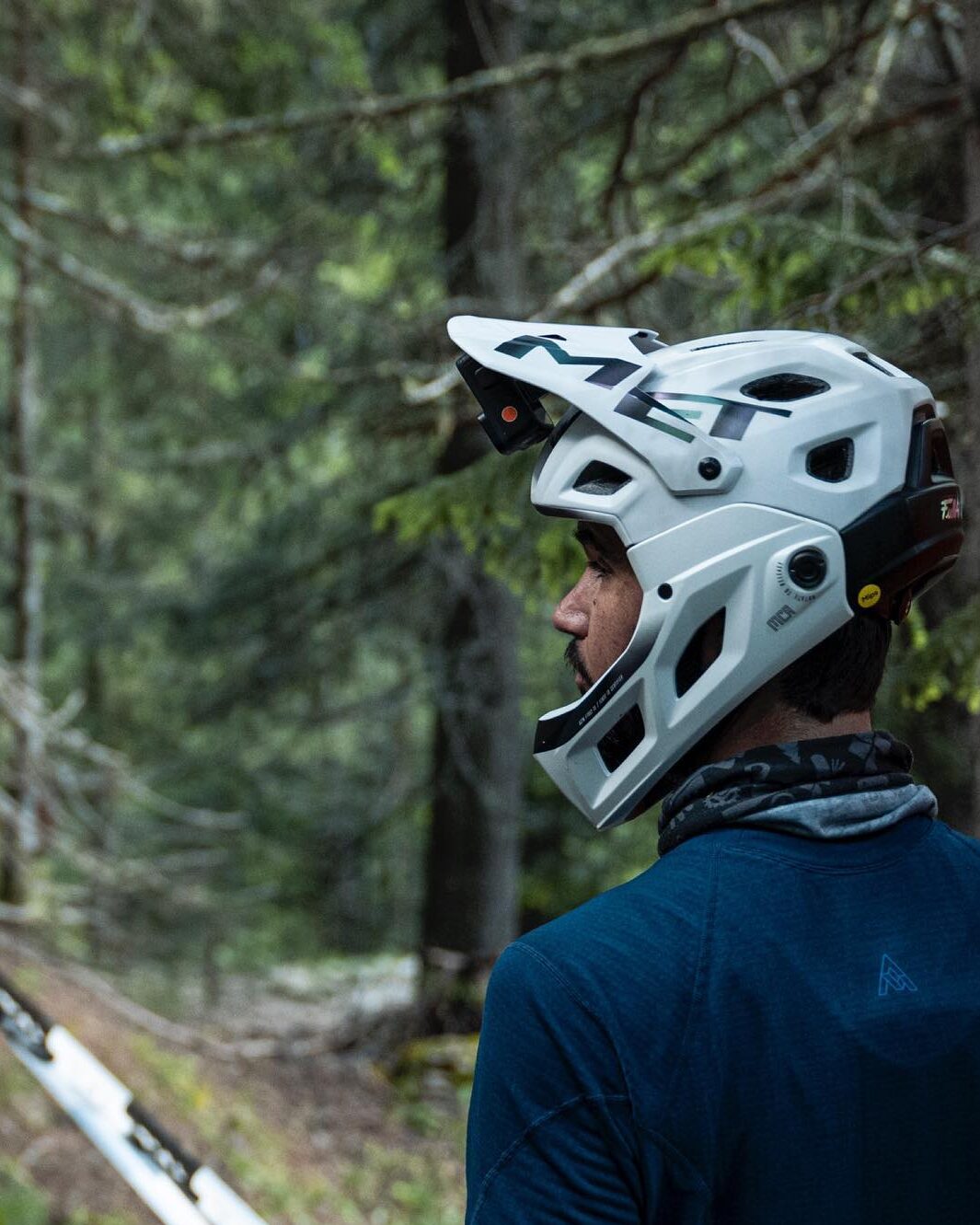
Key Point Summary of Ear Protection for MTB Helmets:
- Importance of Ear Protection: Exposure to wind noise and the elements can lead to hearing damage over time. Ear protection is crucial for long-term ear health.
- MTB Helmet Accessories: Options include built-in ear pads, detachable ear covers, and specialized earplugs. Each offers a different level of protection and comfort.
- Impact on Riding Experience: Proper ear protection can enhance focus by reducing noise and distraction and can also offer additional warmth in colder conditions.
- Selection Tips: Consider compatibility with your helmet, the typical weather conditions you ride in, and personal comfort preferences.
Mountain biking offers an exhilarating escape into nature, but it’s not without its risks. Among the many precautions we take to protect ourselves, like wearing helmets and padding, protecting our ears is something many beginners and even mid-level cyclists might not immediately consider. I learned this the hard way during an early spring ride a few years back. Descending a trail with a sharp wind cutting across, I realized just how piercing cold air could be against my ears, not to mention the constant barrage of noise from the wind and gravel beneath my tires. It was not only uncomfortable but downright distracting.
Understanding the Need for Ear Protection
The need for ear protection goes beyond just comfort. Regular exposure to wind noise, especially at the speeds we often enjoy on descents, can lead to permanent hearing damage over time. This is something you might not notice until it’s too late. I’ve had friends in the cycling community who’ve experienced noticeable hearing loss, attributing it to years of neglecting ear protection. It’s a sobering reminder that our ears are as vulnerable as any other part of our body when we’re out riding.
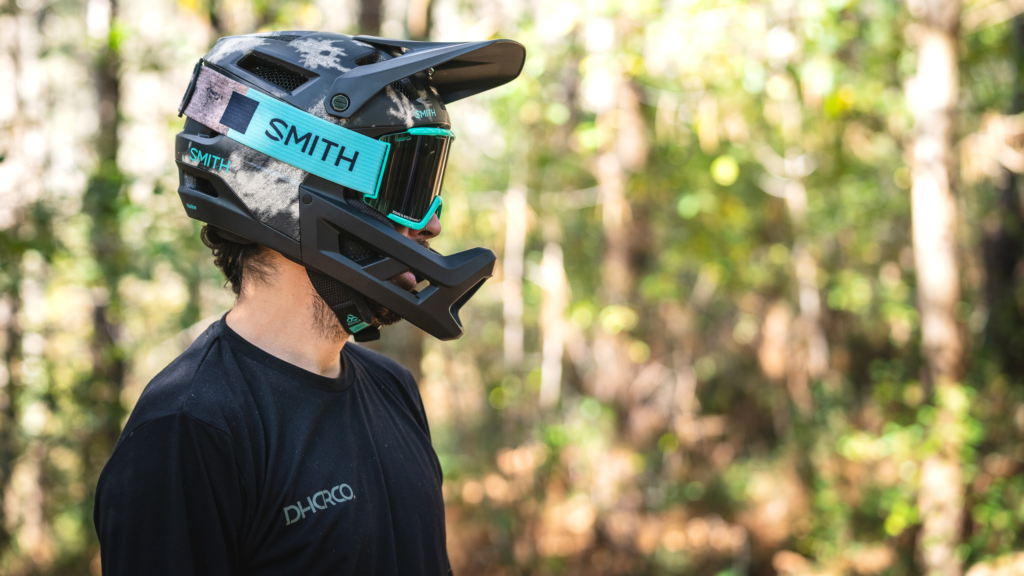
MTB Helmet Accessories for Ear Protection
The good news is, that there are several options for cyclists looking to protect their ears, each with its own set of benefits.
Built-in Ear Pads: Some MTB helmets come equipped with ear pads. These are great for cold-weather riding, offering both warmth and a degree of noise reduction. They’re part of the helmet, so there’s no risk of forgetting them at home.
Detachable Ear Covers: A versatile option for those of us who ride in varying conditions. Detachable ear covers can be added to your helmet when needed. I’ve found them particularly useful during the transition seasons when the weather can’t seem to make up its mind.
Specialized Earplugs: Designed specifically for cyclists, these earplugs cut down wind and road noise while still allowing you to hear important sounds like traffic, conversation, and nature. I was skeptical at first, but after trying a pair, I was impressed by how they maintained my awareness while significantly reducing noise.
The Impact on Riding Experience
Integrating ear protection into your riding gear does more than just protect your hearing; it transforms the riding experience. With reduced wind noise, I found myself more focused on the trail, better able to enjoy the sounds of nature, and less fatigued by the end of a ride. On cold days, the added warmth was a welcome bonus, keeping me comfortable and extending my riding sessions.
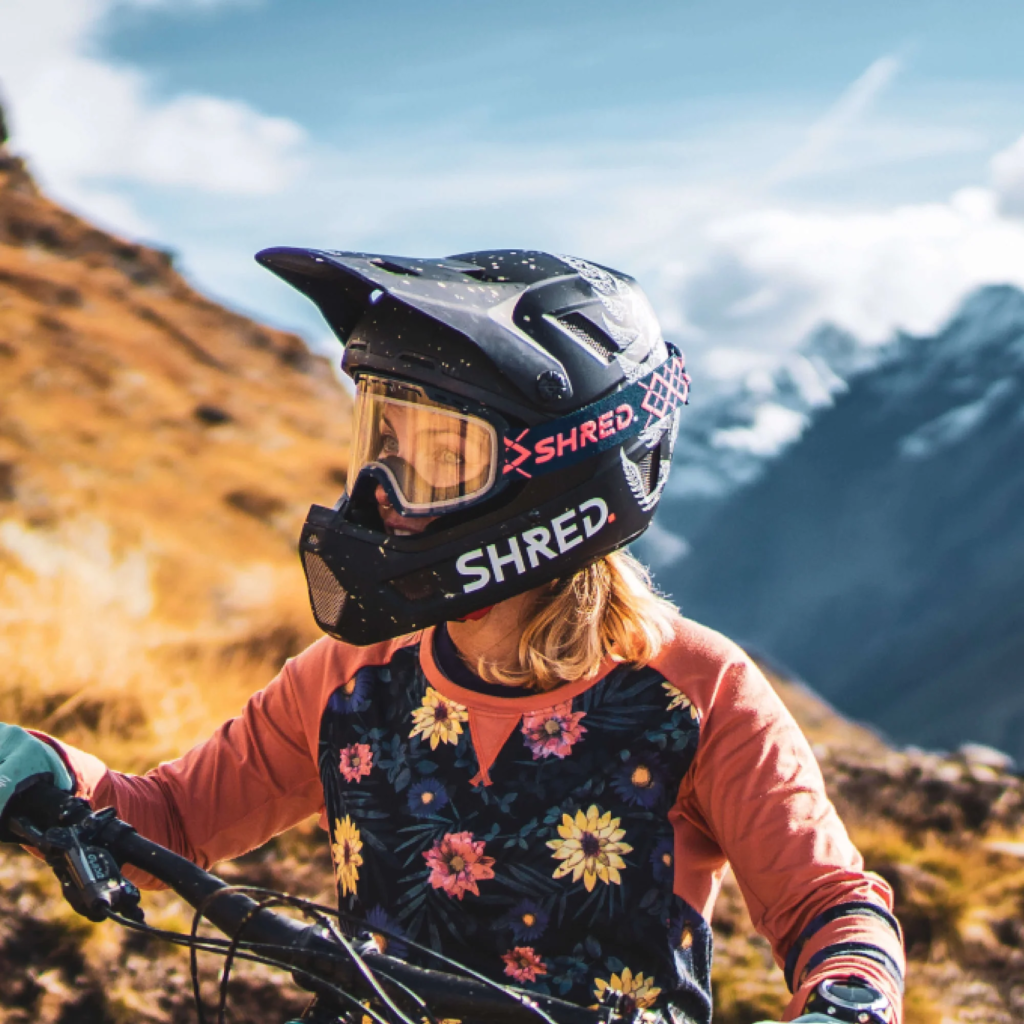
Selecting the Right Ear Protection
Choosing the right ear protection comes down to a few key considerations:
- Compatibility with Your Helmet: Not all accessories will fit every helmet, so check compatibility before making a purchase.
- Weather Conditions: If you’re riding in cold climates, ear pads or covers that offer warmth might be more beneficial than simple earplugs.
- Comfort and Preference: Ultimately, the best ear protection is the one you’re willing to wear consistently. Try different types to see what feels best for you.
Final Thoughts
Pairing the right ear protection with your mountain bike (MTB) helmet can significantly enhance your riding experience by providing comfort, and warmth, and safeguarding your hearing. Here’s a list of some of the best pairings of ear protection and MTB helmets, based on compatibility, user reviews, and the protective features they offer. This list is intended to serve as a guide to help you choose, keeping in mind that the best choice for you will depend on personal preference, fit, and the specific conditions in which you ride.
1. Helmet with Built-in Ear Protection: POC Tectal Race SPIN
- Ear Protection Pairing: Integrated ear chambers
- Why It’s Great: The POC Tectal Race SPIN is renowned for its safety features, including SPIN (Shearing Pad INside) technology for rotational impact protection. The helmet’s design includes integrated ear chambers that don’t specifically block out noise but are designed to have a minimal effect on balance and hearing, providing a form of ear protection without isolating the rider.
2. Helmet with Detachable Ear Covers: Giro Montaro MIPS
- Ear Protection Pairing: Giro Winter Kit (detachable ear pads)
- Why It’s Great: The Giro Montaro MIPS is a top choice for aggressive trail riders, featuring MIPS technology for additional brain protection. The Giro Winter Kit offers detachable ear pads that can easily be added for cold weather riding, making this combination ideal for year-round cyclists.
3. Helmet and Specialized Earplugs: Smith Forefront 2
- Ear Protection Pairing: Non-invasive earplugs like EarPeace High Fidelity Earplugs
- Why It’s Great: The Smith Forefront 2 offers excellent ventilation and an integrated visor. When paired with high-fidelity earplugs, riders can enjoy reduced wind noise without sacrificing the ability to hear crucial ambient sounds, such as oncoming riders or traffic, making this pairing perfect for both safety and comfort.
4. Helmet with Customizable Fit for Ear Protection: Bell Super 3R MIPS
- Ear Protection Pairing: Bell’s custom ear pads or aftermarket ear covers are compatible with helmets
- Why It’s Great: This helmet is known for its versatility, including a removable chin bar. It’s designed to accommodate aftermarket ear protection comfortably, allowing riders to choose the best ear covers for their environment, whether they need wind protection or insulation against cold.
5. Helmet with Integrated Ear Fabric: Specialized Ambush with ANGi
- Ear Protection Pairing: Specialized integrated ear fabric panels
- Why It’s Great: The Ambush helmet comes with a low-profile design that includes coverage for the ears with soft fabric panels. These panels help reduce wind noise while still allowing for sound transmission, offering a balance between protection and awareness.
Choosing the Right Pairing
When selecting your helmet and ear protection pairing, consider the following factors:
- Fit and Comfort: Ensure that the helmet fits well with the ear protection. Comfort is crucial for long rides.
- Climate and Riding Conditions: Your choice might vary depending on the weather conditions you frequently ride in. Warmer climates might not need as much insulation, whereas colder regions demand better ear coverage and warmth.
- Safety Features: Look for helmets with additional safety features like MIPS (Multi-directional Impact Protection System) for enhanced brain protection.
- Ventilation: Ensure that your ear protection does not compromise the helmet’s ventilation, especially in warmer conditions.
The best pairing is one that suits your specific needs, offering a comfortable fit, adequate protection, and compatibility with your preferred riding style and conditions.
Incorporating ear protection into your mountain biking gear is a simple step that can have a profound impact on your health and enjoyment of the sport. From personal experience, I can attest to the difference it makes, not just in comfort, but in overall ride quality. Whether you’re a beginner just starting to explore the trails or a seasoned cyclist pushing the limits, take it from me: your ears deserve as much protection as the rest of your body.
Happy trails, and don’t forget to protect those ears!
John
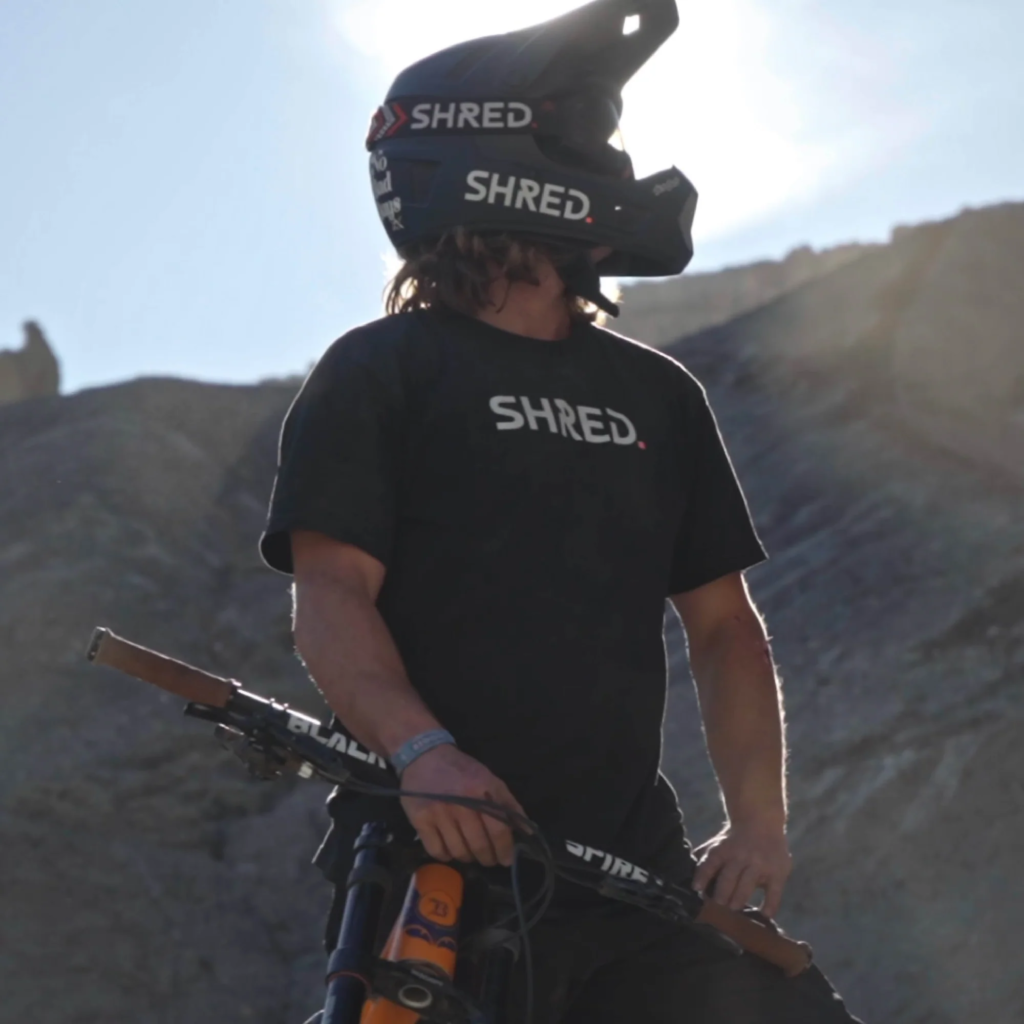
FAQ
How do I keep my ears warm with a bike helmet?
- Use a helmet with built-in ear coverage or insulation.
- Wear a thin skull cap or a balaclava that fits under your helmet and covers your ears.
- Attach detachable ear covers or pads if your helmet supports them.
Can you wear ear defenders under a helmet?
It’s generally not advisable to wear traditional ear defenders under a bike helmet because they can interfere with the helmet’s fit and effectiveness. Instead, consider using earplugs designed for cyclists or helmets with built-in ear protection features.
How do you protect your ears from wind when cycling?
- Wear specialized cycling earplugs that reduce wind noise while allowing you to hear important sounds like traffic.
- Use helmets with wind-blocking ear covers or add-on ear protection accessories designed for cyclists.
- A neck gaiter or balaclava that covers the ears can also help block wind without compromising hearing.
